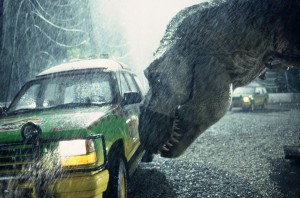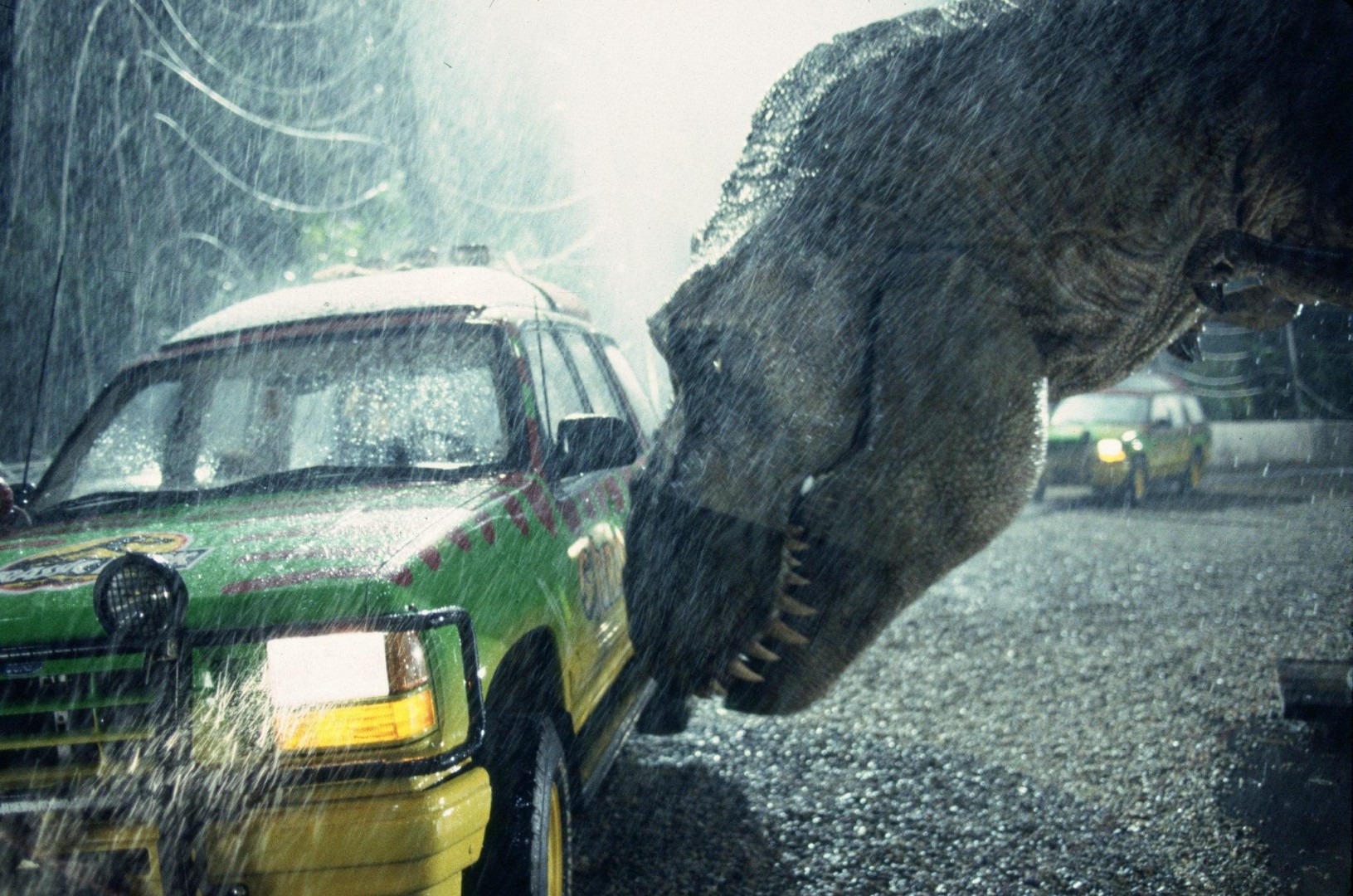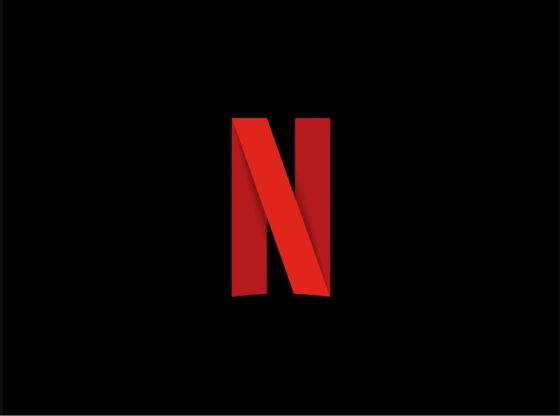
When “Jurassic Park” was first released 20 years ago, audiences and critics alike were blown away by the film’s state-of-the-art special effects. For the first time in 65 million years, there were living, breathing dinosaurs, conjured up by CGI, practical effects and one director’s gigantic vision. Two decades later, “Jurassic Park” has undergone the evolution from 2D to 3D, a change that isn’t entirely necessary but gives most of us the chance to revisit an exciting childhood classic on the big screen.
Based on Michael Crichton’s book of the same name, “Jurassic Park” features billionaire John Hammond (Richard Attenborough) recruiting paleontologist Alan Grant (a lovably gruff Sam Neill) and paleobotanist Ellie Sattler (a fresh-faced Laura Dern) to vouch for the safety of his “biological preserve.” Soon after they arrive on Isla Nublar, they, along with chaos theorist Ian Malcolm (the brilliantly sardonic Jeff Goldblum) discover that the park houses some of the most dangerous dinosaurs to ever walk the planet. When the park’s power goes out on a tour, all hell breaks loose, leaving the dinosaur experts to fend for themselves and Hammond’s grandchildren.
Director Steven Spielberg doesn’t need an extra dimension to terrify the audience; he knows how to startle us well enough in 2D. It’s over an hour before the dinosaurs are finally let loose, but the wait is worth it. Believe it or not, the dinosaurs are only onscreen for 20 of the film’s 127 minutes, which speaks to the magnitude of Spielberg’s talent that he can do so much with so little. The film’s slow burn approach tantalizes the audience and smartly builds the tension; the iconic shot of the rippling cup conveys the sheer size of T. Rex before we even see the creature. John Williams’ sweeping score is also expertly employed, whether it’s ramping up the emotion during a velociraptor chase or complementing the appearance of a grazing brachiosaurus.
The film’s landmark effects may be 20 years older but have aged extremely well; in fact, they’re a lot more convincing than some modern CGI. While most action adventure films assault audiences with CGI explosions and animals, “Jurassic Park” uses the technology sparingly (perhaps due to the limitations of the day) and to great effect. Since the film’s release, science’s perception of dinosaurs has shifted slightly. In recent years, scientists have discovered that velociraptors should be covered in feathers. They’re also supposed to be 1.5 feet tall, but that didn’t stop Spielberg from scaling them up for full dramatic effect. As for T. Rex, it’s just as frightening as it was two decades ago; its big-screen roar will awe even the most seasoned “Park” fan.
The 3D doesn’t really add a lot to a film that already redefined the boundaries for special effects. There’s increased visual depth in some scenes, but it’s not really something that will “wow” the audience; after all, there are dinosaurs on screen. In addition to darkening a rather vibrant movie, the 3D also doesn’t pop in the scenes you hope it would, like T. Rex’s attack on the Ford Explorers or the kids’ kitchen encounter with two hungry velociraptors.
Most will probably go to see “Jurassic Park” 3D out of nostalgia; that’s what makes the higher ticket price worth it. Those who have seen the film before will revel in the chance to see it on the big screen; those who haven’t ought to go after the opportunity like a T. Rex attacking a tire.











